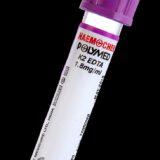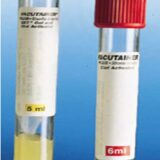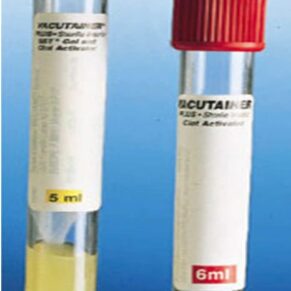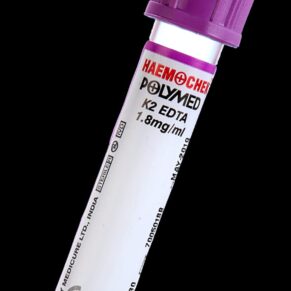- Your cart is empty
- Continue shopping
Shop
HBEAG (HEPATITIS B ENVELOPE ANTIGEN)
HEPATITIS B VIRUS E ANTIGEN (HBeAg)
Hepatitis B virus e antigen (HBeAg) expressed in E. coli.
PRODUCT DETAILS – HEPATITIS B VIRUS E ANTIGEN (HBeAg)
- Recombinant Hepatitis B virus e antigen.
- Expressed in E. coli and greater than 95% purity by SDS-PAGE.
- Available in liquid format and buffered in 25mM Tris-HCl, pH 8.0, 1.5 M urea, 50% glycerol.
BACKGROUND
HBV is an enveloped DNA virus with a 3.2-kb covalently closed circular DNA, which replicates within the nucleus of infected hepatocytes (Seeger & Mason, 2015). Four genes are present on the virus genome; pre-core/core, polymerase (P), envelope (pre-S1/pre-S2/S) and X. The pre-core/core gene is responsible for expression of core protein as well as Hepatitis B e antigen (HBeAg), a serological marker of HBV infection correlating with high viral load.
The 5′ end of pre-S1, pre-S2 and S regions all have independent start codons which can each generate three co-terminal envelope proteins called large (L; pre-S1 pre-S2 S), middle (M; pre-S2 S), and small (S; with S domain alone) envelope proteins. The S protein is the most abundant envelope protein expressed and can be secreted independently of L and M envelope proteins. After secretion, mature HBeAg is deleted at residue 149 C-terminally and retains 10 pre-core residues N-terminally. Both L and S envelope proteins are needed for virion secretion, while M protein is dispensable (Bruss & Ganem, 1991; Ueda, et al., 1991).
Core particles with mature (double stranded DNA) genome can be enveloped and released as 42-nm virions, with the three envelope proteins inserted on the surface. Empty viral particles (22-nm) are also abundantly produced (Bruss & Ganem, 1991; Ganem & Prince, 2004; Zhang & Tang, 2017).
The exact function of this non-structural protein is unknown. HBeAg is dispensable for replication, as mutant viruses with defects in the pre-C region are both infectious and pathogenic (Mandell, et al., 2009). However, it is thought that HBe may be influential in suppressing the immune systems response to HBV infection by down-regulating Toll-like receptor 2 expression on hepatocytes and monocytes leading to a decrease in cytokine expression. The presence of HBeAg in patient serum can serve as a marker of active replication in chronic hepatitis.






Customer reviews
Reviews
There are no reviews yet.
Write a customer review